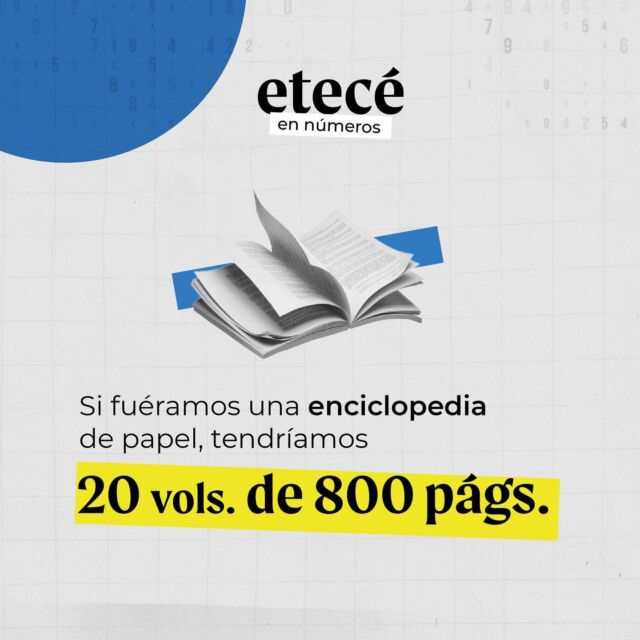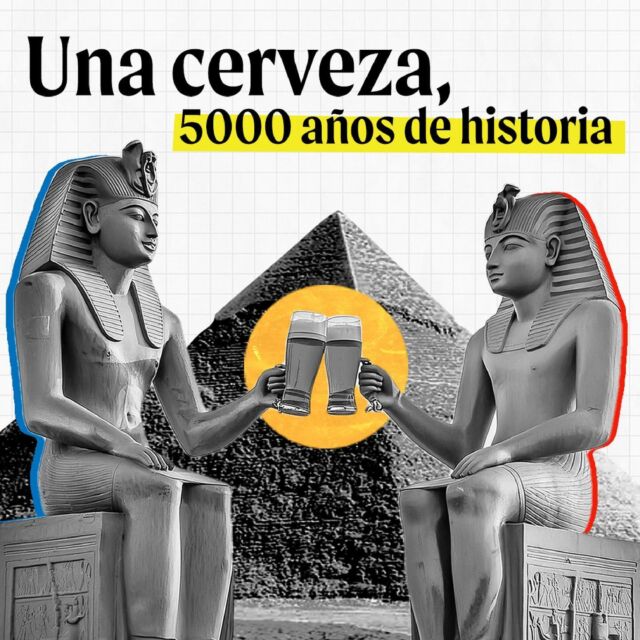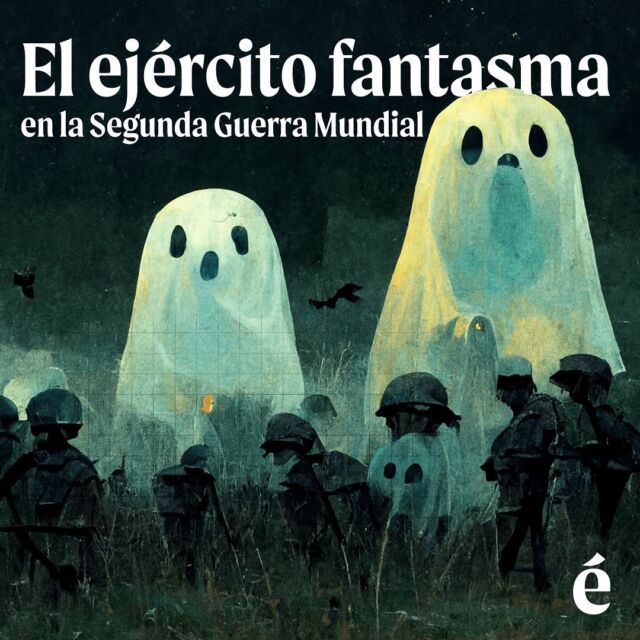We explain the meaning of the dictum "I think, therefore I am", coined by philosopher René Descartes. In addition, we discuss the criticism and objections it received and more.

What does "I think, therefore I am" mean?
"I think, therefore I am" is a statement made by French philosopher René Descartes (1596-1650) in response to the skepticism generated by methodic doubt.
The "Cartesian cogito", as this affirmation is known (originally in Latin “cogito ergo sum”) is the starting point of all Cartesian philosophy, that is, Descartes' philosophy. Furthermore, it represents a turning point in Western thought, which marks the beginning of modern European philosophy.
The Cartesian cogito, also called ego cogito or simply the cogito, appears in various works by Descartes. Among them are the Principles of Philosophy (1644), the Discourse on the Method (1637) and Meditations on First Philosophy (1641). In all these works, the ego cogito appears as the first certain truth in response to methodic doubt (or hyperbolic, that is, exaggerated), which is the method Descartes uses to attain truth.
Whether in favor or against, all philosophy after Descartes has had to build upon the ego cogito. Even at the time of its formulation and publication, "I think, therefore I am" was the object of critique and scrutiny from his contemporaries. These objections were compiled by Descartes himself, who published them at the end of the first reedition of the Meditations on First Philosophy along with possible replies to each of the objections.
I think, therefore I am. While we can exist without thinking, we cannot think without existing. This is why we speak of existence as the ontological foundation (regarding being) of thought. Conversely, thought is the gnoseological foundation (regarding knowledge) of existence, since it reveals it: only when I am thinking is it revealed to me that I exist and therefore, I can affirm that I think.
- See also: Existentialism
Context of the phrase "I think, therefore I am"
René Descartes was a French philosopher and mathematician who was born in 1596 and died in 1650. He is considered the father of modern philosophy as well as the founder of European rationalism. Of all his contributions to philosophy, the most significant are Cartesian doubt and cogito ergo sum, "I think therefore I am".
One of the philosophical objectives that Descartes seeked out to discover was the attainability of truth that would be considered "initial" truth. Descartes was searching for a certain and self-evident principle, which did not depend on anything else to initiate thought.
This concern gave rise to the idea of method as an exercise through hyperbolic, exaggerated doubt. This method consisted in not accepting as true anything that was not clear and self-evident: any belief that was even slightly doubtful could not be considered true and certain.
Hyperbolic doubt - in the context of Cartesian thought and especially as it is presented in the Meditations on First Philosophy - serves to discard any belief that is not true, certain and prone to doubt.
In his first meditation, for example, Descartes doubts the knowledge that is acquired through the senses and also that which is acquired through reason, such as mathematics and logic.
The ego cogito arises precisely in this context as the answer to the skepticism and helplessness generated by doubt. In his second meditation, all his opinions have been cast into doubt and with them all the beliefs he held until then. The statement "I think, therefore I am" appears as the first certain knowledge upon which all further knowledge will be built and in this way, recover what was lost in the first meditation.
Through this self-evident, clear and distinct first principle, Descartes has a foundation upon which to rebuild knowledge. "I think, therefore I am" thus becomes the first certainty: the very act of thinking is proof of the reality of one’s own existence.
Meaning of the phrase "I think, therefore I am"
Ego cogito appears in the second meditation as the solution to the problem brought about by Cartesian doubt. It is an immediate certainty.
For Descartes, the criteria for certainty are clarity and distinctness. According to him, an idea is clear when it is present and accessible to the "attentive mind" (as he himself calls it) and it is distinct when it is precise and separated from all other perceptions.
"I think, therefore I am" is not reasoning in which thinking is a premise and being its conclusion. As Descartes explains, it must be regarded as a first principle as a whole. Hence, cogito ergo sum: I think, therefore I am. If it were reasoning, even inferred, it could not be a first principle, as it would depend on previous truths.
For Descartes, thinking is the very fact of self-consciousness. It is the immediate and intuitive assertion of the very fact of existence. Descartes comes to this conclusion by realizing that, if he is doubting, he must necessarily exist, since he could not doubt if he did not exist.
It is worth clarifying that in the context of Meditations on First Philosophy, thanks to doubt one can assert that one thinks and by thinking, one exists. The only indubitable thing is the fact of doubting because every action (like thinking) presupposes a subject that performs it.
Thinking presupposes that the thought belongs to whoever performs the action, so an "I" already exists. Every time one thinks, one exists as consciousness in that thought. The difficulty behind this argument lies in explaining what lies behind the "I" that manifests itself in the act of thinking, which Descartes does not answer.
The temporal nature of the ego cogito
In the second meditation, by affirming that he exists, Descartes wonders for how long. The answer is that he exists as long as he is thinking, since if he were to stop thinking, he would also cease to exist.
However, temporality appears in the ego cogito precisely to mark that there is no time at all between thinking and existing. This means that they occur simultaneously, otherwise there would be no immediacy. Thinking and existing are synchronic. During the time that this self-consciousness lasts, there is no mediated operation which implies temporal markers between perceiving thought and perceiving existence. Both occur at once.
The other question Descartes raises is: what am I? This presents a problem for him since he shifts from being, to what it is, as if both were self-evident when they are not.
He proposes several possible answers, such as a body, a man, a rational animal but all are discarded. Descartes settles on the notion that it is a "thinking substance" a thinking thing, a mind, understanding or reason. The problem is that this is not self-evident and in asserting it, Descartes makes a hasty statement, which is something he continually tries to avoid.
Despite the challenges, what Descartes asserts in his discovery and affirmation "I think, therefore I am" is that he is also a thinking thing or sum res cogitans in Latin. Though this too is eventually doubted, it is in principle what he claims he can know about himself. From there, he begins to build a path to rebuild the knowledge of the world and by extension, to the world as a whole.
Criticism and objections to "I think therefore I am"
"I think therefore I am", Cartesian cogito or ego cogito, has been the object of various critiques and objections. In general, they can be grouped into four interpretive groups:
- The logical-formal interpretation. It is based on the argument that the cogito is a truncated syllogism (the major premise guarantees the truth of the conclusion) and results in a vicious circle.
Descartes refutes this objection by stating that when faced with the cogito ergo sum, it is perceived as an initial knowledge which is not drawn from any syllogism. - The psychological interpretation. It is based on the argument that the cogito is proof of a psychological event only made possible through introspection. This means that self-consciousness simply is the realization of a psychic process and not of existence.
Descartes refutes this objection by saying there would be no relationship between a single psychological event and the impersonalism of the metaphysical foundation of the method. - The critical interpretation. It is based on the comparison of Descartes with Immanuel Kant. It argues that, as in Kant, the object of the method is created by the method itself and not the other way around.
Descartes replies that the self revealed has more force as self-evident certainty than the method itself, that is, the impression presupposed in revealing the ego cogito is so strong that it ends up overpowering the method employed. - The metaphysical interpretation. It is based on the argument that Descartes is the founder of modern metaphysics. This is supported by the fact that Cartesian intuition is intellectual rather than sensory, which lays the ground for rationalist metaphysics, which is based on reason rather than on the senses.
Antecedents of the dictum "I think, therefore I am"
There are numerous precedents for the Cartesian cogito ergo sum. Parmenides already asserted that "thinking and being are the same thing". While it can be neither affirmed nor denied that Descartes was acquainted with all the formulas of the cogito, it can be assumed he had at minimum sufficiently comprehensive philosophical education to have read them.
A great example of a precedent is St. Augustine in 5th century AD who affirmed: "If I am mistaken, I exist" (si fallor, sum). This statement is known as the Augustinian cogito. Even Gómez Pereira, a 16th century Spanish philosopher much closer to Descartes (though not known for this) came up with a similar affirmation.
References
- Descartes, R. (1904). Meditaciones metafísicas (Vol. 22). Dirección y Administración.
- Descartes, R. (2004). Discurso del método. Colihue.
- Gómez, A. A. (1968). El sentido del “cogito” cartesiano, según Heidegger. Revista de Filosofía, 27(104), 91.
- Muñoz, S. V. (1950). El cogito cartesiano. Revista de Filosofía, 1(4), 532-534.
- Rojas Cuautle, A. M. (2011). Constitución epistemológica del cogito cartesiano. Andamios, 8(16), 241-260.
Related articles:





Was this information useful to you?
Yes NoThank you for visiting us :)